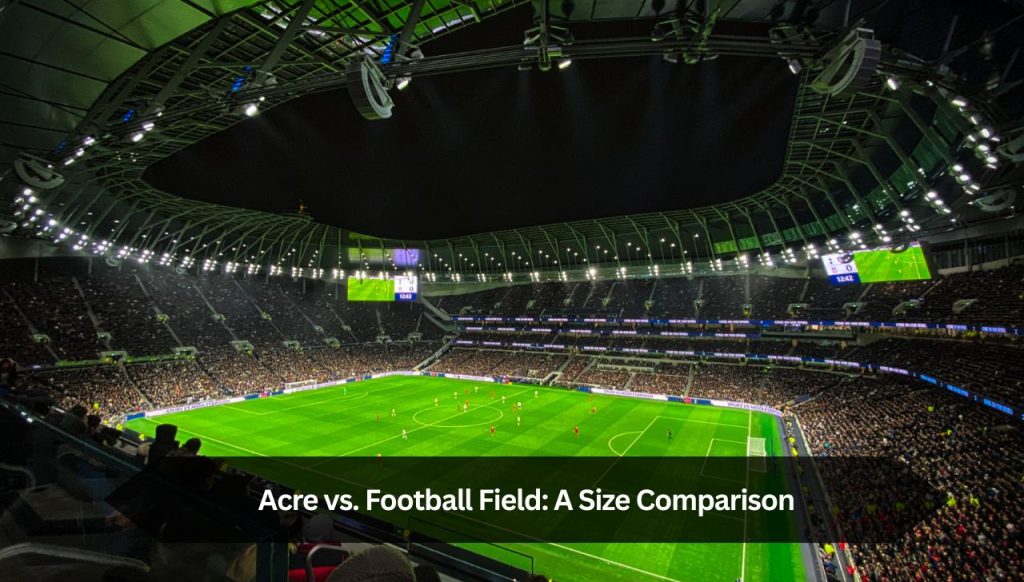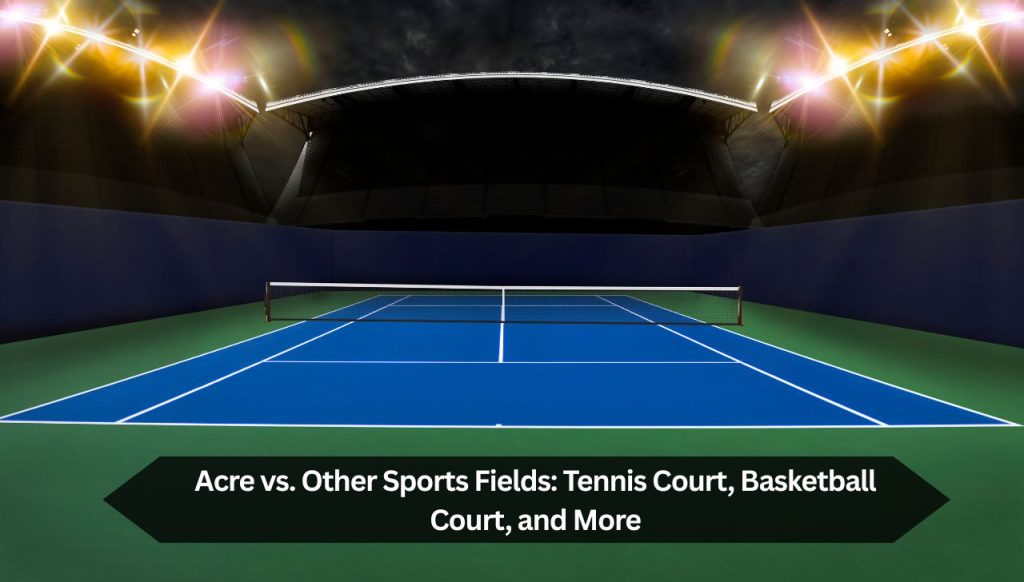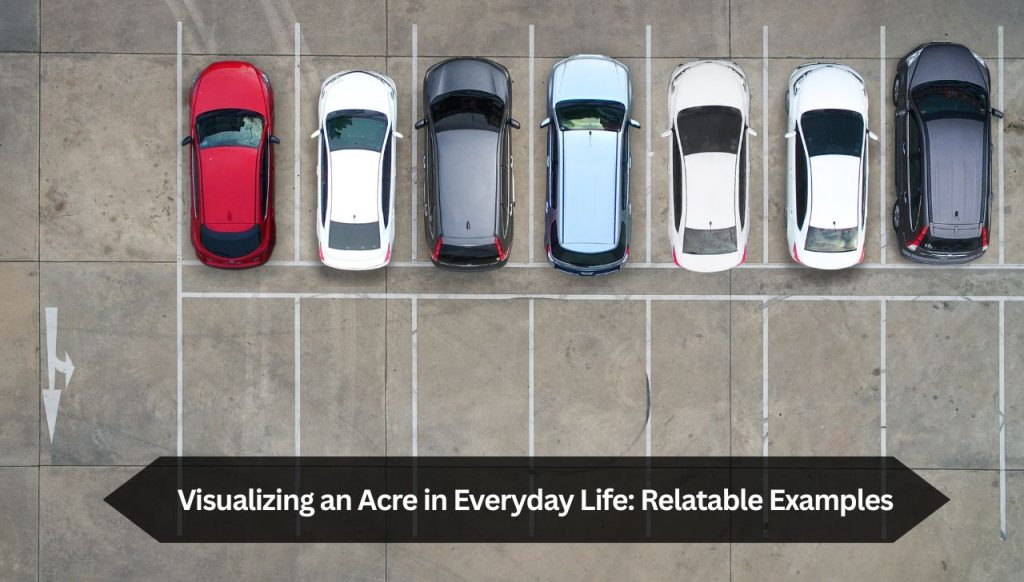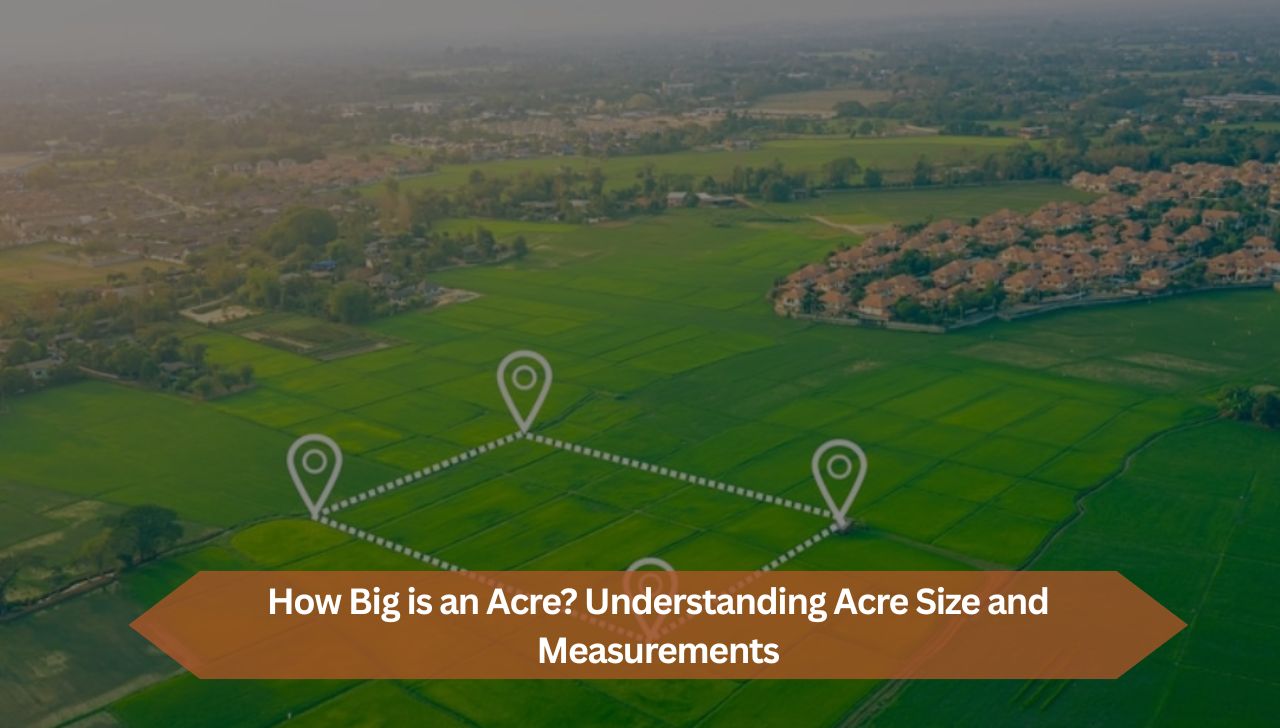Ever been told a property is “two acres” and had no idea whether to be impressed or underwhelmed? You’re not alone. While “acre” is a common measurement in real estate and agriculture, most people can’t quite picture what it actually looks like. It feels abstract—like someone describing a room in square lightbulbs. But when you break it down, an acre becomes a lot easier to grasp.
What Is an Acre? A Simple Definition
An acre is a unit of land area used primarily in the United States and a few other countries that stick to the imperial system. Technically speaking, an acre is defined as 43,560 square feet. But saying that out loud rarely helps anyone visualize it. To put it more simply: imagine a rectangular plot of land that’s 66 feet wide and 660 feet long. That’s an acre. The measurement stems from old English farming practices—the amount of land tillable by one man with an ox in a day.
Dive Deeper : Dollar Bill Dimensions Explained: A Guide in Centimeters
Acre Measurements: How Big Is an Acre in Feet, Yards, and Meters?
Let’s break that number down into different units for better context:
- Square Feet: 43,560 sq ft
- Square Yards: 4,840 sq yd
- Square Meters: About 4,047 sq m
- Hectares: Roughly 0.4047 hectares
So whether you’re more familiar with the metric system or imperial, there’s a conversion that brings the acre into clearer focus.
How Does an Acre Compare to Common Landmarks?
If numbers aren’t your thing, how about landmarks? Picture a standard American football field—including the end zones. It covers about 57,600 square feet. That means a football field is roughly 1.32 acres. So if someone owns an acre, they’ve got a little less than a football field’s worth of space.

Acre vs. Football Field: A Size Comparison
This is where it clicks for a lot of folks. A football field (360 ft by 160 ft) gives a clear mental image. Since a football field is about 1.32 acres, an acre is roughly 75% the size of that field. Walk across a football field, and you’ve just crossed more than an acre.

Acre vs. Other Sports Fields: Tennis Court, Basketball Court, and More
Still can’t picture it? Let’s try some smaller sports areas:
- Tennis Court: A standard doubles tennis court is 78 ft by 36 ft, totaling 2,808 sq ft. You could fit about 15.5 tennis courts into an acre.
- NBA Basketball Court: Measures 94 ft by 50 ft, totaling 4,700 sq ft. You could fit around 9.2 basketball courts in one acre.
- Soccer Field: Sizes vary, but a full-size professional soccer field can range from 1.5 to 2 acres.

Visualizing an Acre in Everyday Life: Relatable Examples
Still a bit abstract? Okay, let’s bring it even closer to home:
- Parking Spaces: A standard parking spot is about 9 ft by 18 ft, or 162 sq ft. So you could fit around 270 parking spaces in an acre—though you’d need driveways between them, of course.
- Homes: A typical single-family home with a small yard might sit on about a quarter acre lot. So four homes like that could fit comfortably within one acre.
- City Blocks: In some U.S. cities like Portland, a city block is close to an acre. In others, it may be more or less.
Dive Deeper : Complete Guide to School Bus Sizes – Small, Medium & Large Options
How Many Homes or Parking Lots Fit in an Acre?
This is where things get interesting, especially for developers or urban planners. If you’re building modest homes on quarter-acre lots, four homes can share one acre. Push the limits with tiny homes or townhomes, and that number could rise to 10 or more. As for parking, if you maximize the layout, you could cram 250 to 300 parking spaces onto an acre—though real-life layouts require space for aisles and turning.
The Importance of Acre Size in Agriculture and Real Estate
Acreage isn’t just a trivia fact; it’s crucial in industries like farming and real estate. Farmers need to know acreage for crop planning, irrigation, and machinery use. In real estate, acreage can drastically change a property’s value. A 1-acre lot in a rural area might cost $5,000; that same acre in Silicon Valley could be worth millions.
Zoning laws, too, are often based on acreage. Want to build a certain type of home or start a small farm? Local regulations may hinge on how many acres you own.
Conclusion
So how big is an acre? It’s not just a number. It’s a versatile, historical, and still-practical way to measure space. Whether you’re eyeing real estate, planting crops, or just trying to wrap your head around a plot of land, understanding what an acre looks like helps you make smarter, more grounded decisions. And the next time someone tells you they own two acres? Well, now you know—that’s almost two football fields. Give or take a goalpost.

Suzana explores how culture, geography, and tradition influence the sizes of everyday items—from clothing to furniture. With international research experience, he brings global perspective to Sizello’s content.


Leave a Reply